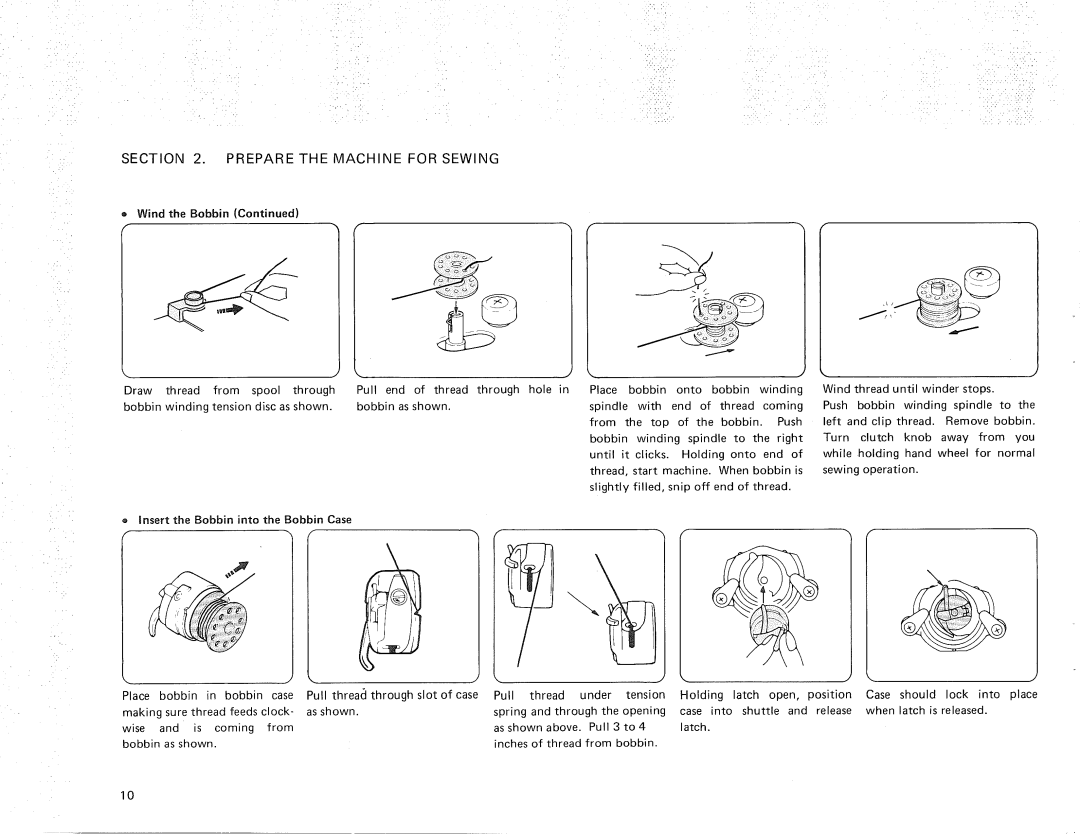385.11607, 385.12614 specifications
The Kenmore 385.12614 and 385.11607 are two highly regarded sewing machines known for their durability, ease of use, and versatile features. These models cater to both novices and experienced sewists, making them popular choices in the sewing community.The Kenmore 385.12614 is particularly praised for its user-friendly design. It features a top-loading bobbin system that simplifies the threading process and minimizes jams, allowing users to focus on their creativity rather than troubleshooting. The machine boasts an array of stitch options, with over 50 built-in stitches, including utility, stretch, and decorative stitches. This variety makes it ideal for various projects, from basic alterations to intricate quilting tasks. Additionally, the automatic buttonholer is a great time-saver, allowing for consistent and neat buttonholes across different fabrics.
On the other hand, the Kenmore 385.11607 is designed with portability in mind, making it a perfect option for those who might attend sewing classes or workshops. It’s slightly lighter than the 385.12614 but does not compromise on features. This model also offers several stitch options, including zigzag and blind hem stitches, ensuring users have the necessary tools for a wide range of sewing applications. Its easy-to-follow threading diagrams and adjustable stitch lengths and widths help to enhance efficiency and precision in sewing.
Both models feature a drop feed mechanism, which is essential for free-motion sewing and quilting. This feature allows for creative control, enabling sewists to maneuver their fabric freely while creating intricate designs. The machines also come equipped with adjustable presser feet pressure, accommodating various fabric thicknesses and ensuring smooth stitching, whether working with delicate silks or thicker denims.
In terms of technology, Kenmore has integrated advanced features such as an LCD display on the 385.12614 that provides clear information about the selected stitch and settings. This digital interface makes it easier for users to make adjustments and ensures consistency in their sewing projects.
Both sewing machines are built to last, with a sturdy construction that withstands frequent use. They also offer easy maintenance, with accessible components for cleaning and oiling, ensuring longevity. Overall, the Kenmore 385.12614 and 385.11607 are excellent investments for anyone looking to explore the world of sewing, providing reliability, functionality, and ease of use in every stitch.

